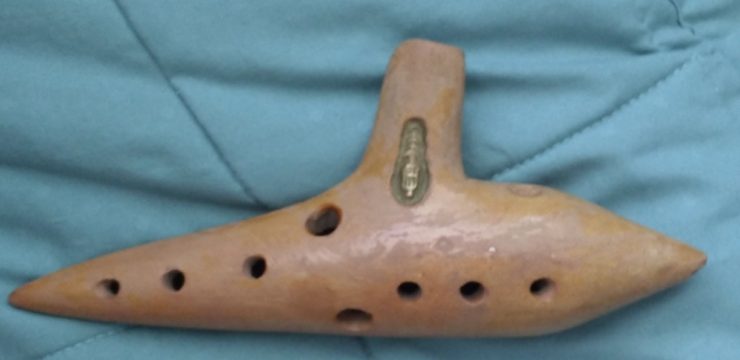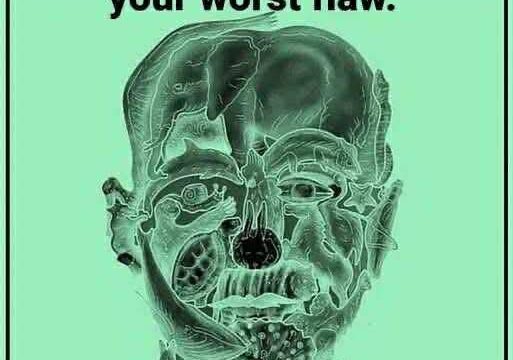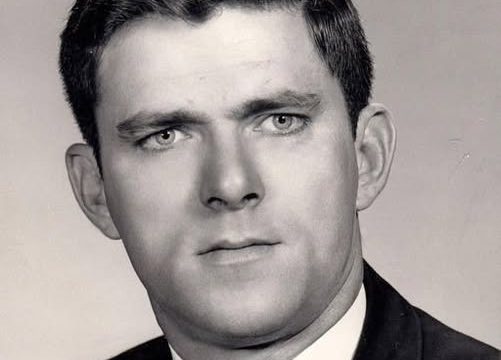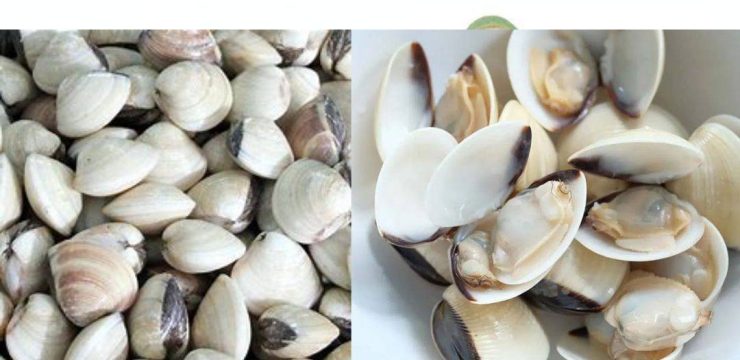At first glance, a U.S. dollar bill might seem like nothing more than a familiar, straightforward piece of paper currency—green ink, historical faces, official seals, and symbols we’ve all come to recognize. But if you take a closer look, you might occasionally notice something unexpected: a tiny stamp, a set of initials, or a curious symbol that doesn’t appear to be part of the original design. These small additions, often easy to miss, are called chop marks.
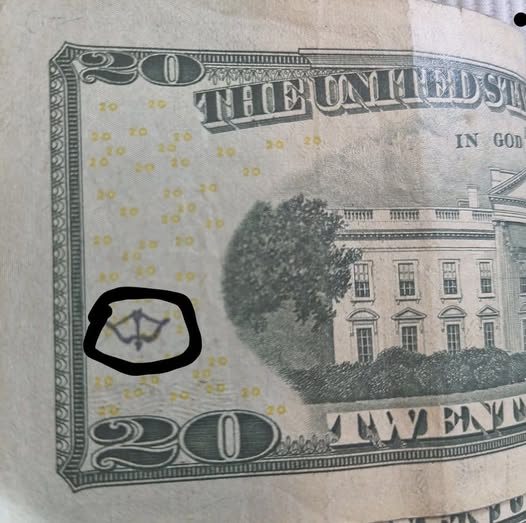
They’re more than just random imprints—they tell a hidden story about the bill’s journey, its travels beyond American borders, and the hands it has passed through in global marketplaces, currency exchanges, and bustling street vendors in faraway countries. Chop marks are essentially small, discreet stamps placed on U.S. currency by merchants, money changers, or financial handlers in other nations. They’re not just decorative or accidental marks. Instead, they serve a very real and practical purpose: verification. In many parts of the world where counterfeit currency is a serious concern and faith in financial institutions may be limited, a chop mark signals that a bill has been inspected and deemed genuine.
It’s a visual and tactile way to say, “This dollar is real and has been trusted before.” Over time, a single bill may accumulate several of these marks, each one a kind of passport stamp from a different stop on its financial journey. The term “chop” actually comes from Chinese, where during the Ming and Qing Dynasties, it was common practice for money changers and merchants to stamp their personal seals onto silver coins. These marks were used to confirm authenticity and proper weight, creating a public trust system long before modern banking or standardized government-issued notes.
That practice spread throughout Asia and eventually across the globe. As American dollars grew in popularity as a stable and trusted currency for international trade, countries in Southeast Asia, the Middle East, Africa, and Latin America adopted the habit of chop-marking U.S. bills as part of their informal but reliable verification systems. In these settings, a chop mark can accomplish three essential things: it authenticates the bill as real, it provides a visible trace of the bill’s movement, and it helps foster trust in environments where counterfeiting is an everyday risk. Each mark acts as a record of approval, a small stamp of confidence that the currency is safe to accept and pass on. The styles of chop marks can vary greatly. Some are simple initials or monograms.
Others are symbols—tiny stars, arrows, birds, or culturally specific icons like bows and arrows, which are often seen on bills circulating in Southeast Asia or parts of Africa. These marks are usually made with blue, red, or black ink, colors that are chosen carefully so they don’t obscure key elements of the bill like watermarks, security threads, or serial numbers. The placement of these stamps is intentional—they’re designed to confirm authenticity without compromising the bill’s usability. As for legality, chop marks occupy a gray area. In the United States, it is illegal to mutilate or deface currency to the extent that it’s no longer usable. However, because chop marks are typically small and don’t interfere with the bill’s function, they aren’t considered illegal or defacement under the law. That said, some banks, vending machines, and ATMs may still reject heavily marked bills simply because they look unusual or fall outside the expected condition for circulation. Despite this, chop marks add a unique historical and cultural value to a dollar bill. They represent the bill’s travels through different countries, its acceptance and use by a wide range of people, and the informal systems of trust that support the flow of money around the world. The next time you come across a dollar bill with a strange little stamp or unfamiliar symbol, pause and consider its story. That one small piece of currency may have traveled thousands of miles, served as part of transactions in distant lands, and been examined and approved by people whose livelihoods depend on spotting counterfeits. It’s more than money—it’s a silent storyteller, a token of global connection, trust, and the incredible path a single dollar can take.

